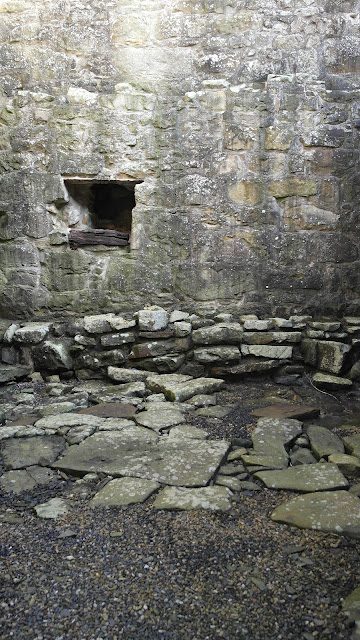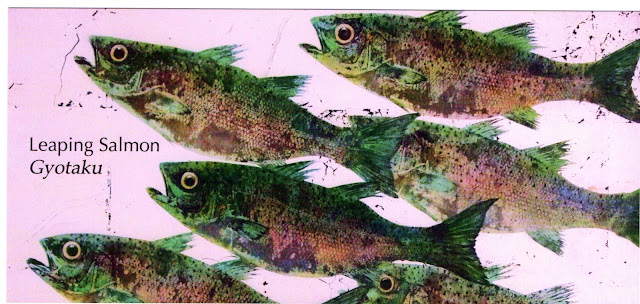Olfactory Imprinting - the smelly stuff

Every aspect of salmon's lives are influenced by olfaction, for example; reproduction, feeding, avoiding predators and migration. Hormonal and environmental factors work together to influence olfactory imprinting. This is a highly specialised form of unconditional learning acquired early in life and then used later in a specific context such as migration. When in the ocean Atlantic salmon detect magnetic fields to aid migration and once they are closer to their natal river olfactory imprinting helps them to navigate upstream to spawn. They can literally "smell home". Therefore, aroma and very specific aromas will form an integral part of my work. I already own a Dale Air vortex unit which I've used in previous exhibitions to fill the space with the smell of the sea. www.daleair.com Below are just a few of my olfactory experiences of Northumberland. The distinctive smell of damp and mossy stone at Black Middens Bastle. To reacquaint myself with ideas a...

